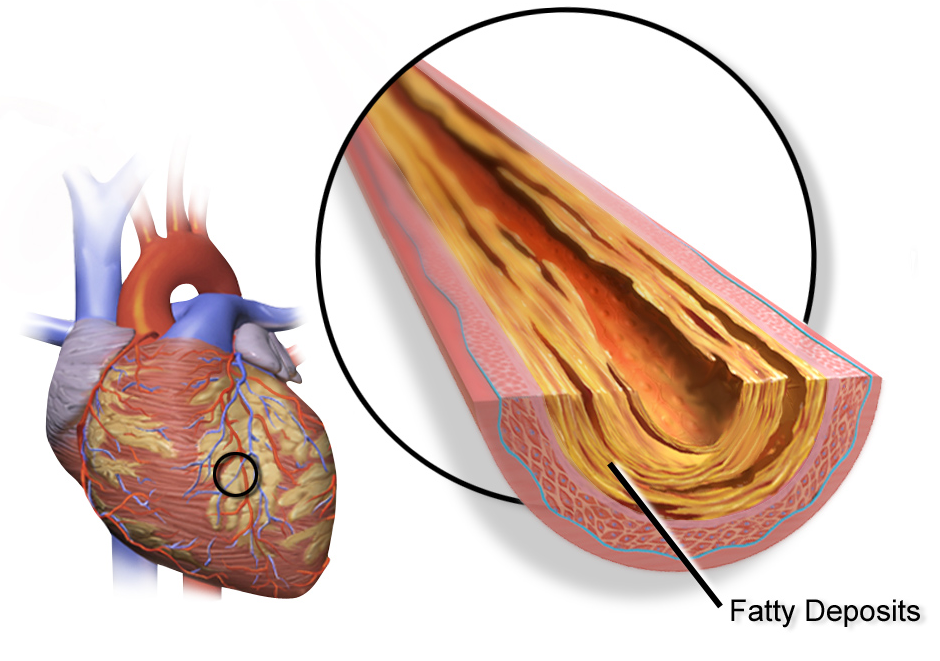Ischaemic Heart Disease


Coronary Heart Disease Statistics of India per year

Coronary artery disease (CAD), also known as coronary heart disease (CHD), ischemic heart disease (IHD) or simply heart disease. It is the damage or disease in the heart's major blood vessels.The usual cause is the build-up of plaque. This causes coronary arteries to narrow, limiting blood flow to the heart.

The narrowing of coronary arteries reduces the supply of oxygen-rich blood flowing to the heart, which becomes more pronounced during strenuous activities during which the heart beats faster. For some, this causes severe symptoms while others experience no symptoms at all. The most common symptom is chest pain or discomfort that occurs regularly with activity, after eating, or at other predictable times; this phenomenon is termed stable angina and is associated with narrowing of the arteries of the heart. Angina also includes chest tightness, heaviness, pressure, numbness, fullness, or squeezing. Angina that changes in intensity, character or frequency is termed unstable. Unstable angina may precede myocardial infarction. In adults who go to the emergency department with an unclear cause of pain, about 30% have pain due to coronary artery disease. Angina, shortness of breath, sweating, nausea or vomiting, and lightheadedness are signs of a heart attack, or myocardial infarction, and immediate emergency medical services are crucial.